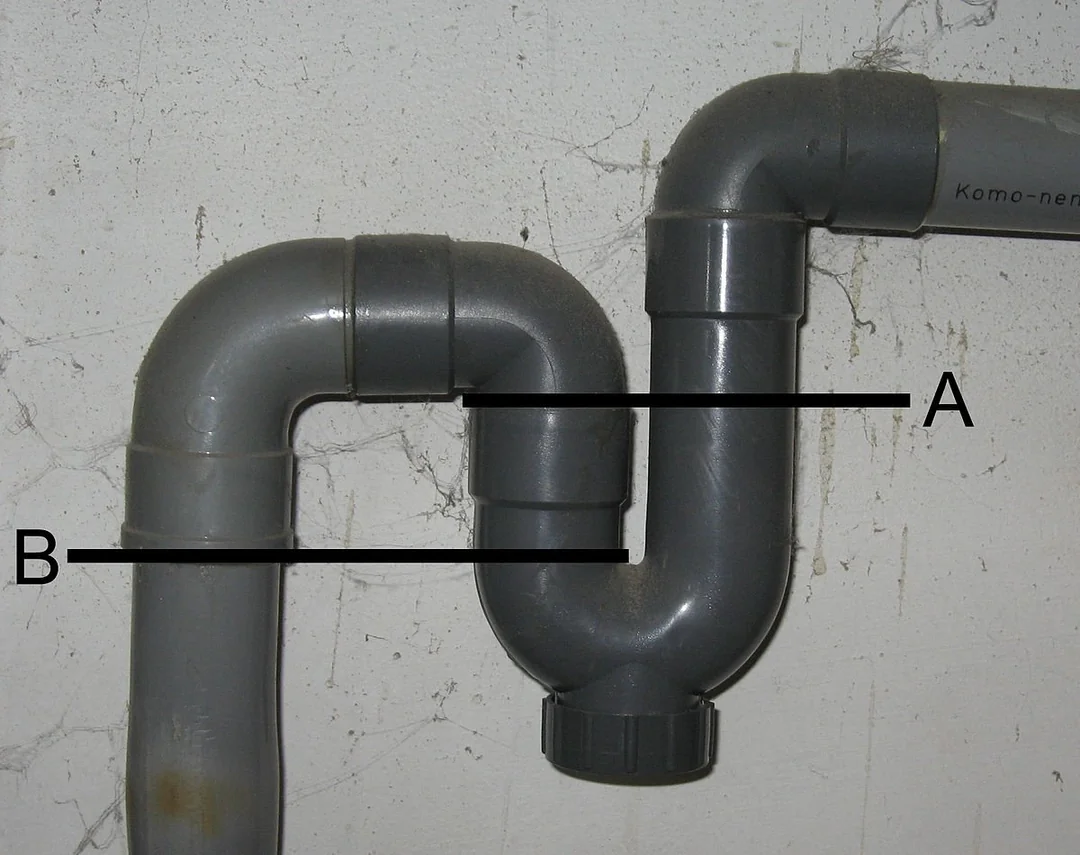
Trap out let pipe block
A trap outlet pipe blockage occurs when debris, grease, food particles, or other substances obstruct the drainage pipe connected to the P-trap, a curved section of pipe beneath sinks and other plumbing fixtures. This blockage prevents water from flowing freely out of the sink and can lead to slow drainage, backups, foul odors, and even leaks if left untreated.
Identifying and addressing a trap outlet pipe blockage involves several steps:
Diagnosis: The first step is to determine if the blockage is localized to the trap outlet pipe or if it extends further down the drainage system. This can be done by observing the water flow in the sink and checking adjacent fixtures for similar issues.
Clearing the Blockage: If the blockage is limited to the trap outlet pipe, it can often be cleared using a plunger, drain snake, or plumbing auger. Plunging creates pressure to dislodge the obstruction, while a drain snake or auger can physically break up and remove the debris.
Chemical Drain Cleaners: In some cases, chemical drain cleaners may be used to dissolve organic matter and clear minor blockages. However, these products should be used with caution as they can be corrosive and may damage pipes or pose health risks if not used properly.
Professional Assistance: For stubborn or recurring blockages, it may be necessary to enlist the help of a professional plumber. Plumbers have specialized tools and equipment, such as hydro-jetting machines or drain cameras, to effectively diagnose and clear blockages in the trap outlet pipe and beyond.
Preventative Measures: To prevent future blockages, homeowners should avoid disposing of grease, oil, coffee grounds, food scraps, and other debris down the sink. Installing a sink strainer or screen can help catch solids before they enter the drainage system. By promptly addressing trap outlet pipe blockages and taking preventative measures, homeowners can maintain efficient drainage and prevent costly plumbing problems in the kitchen and bathroom.
